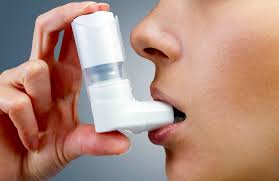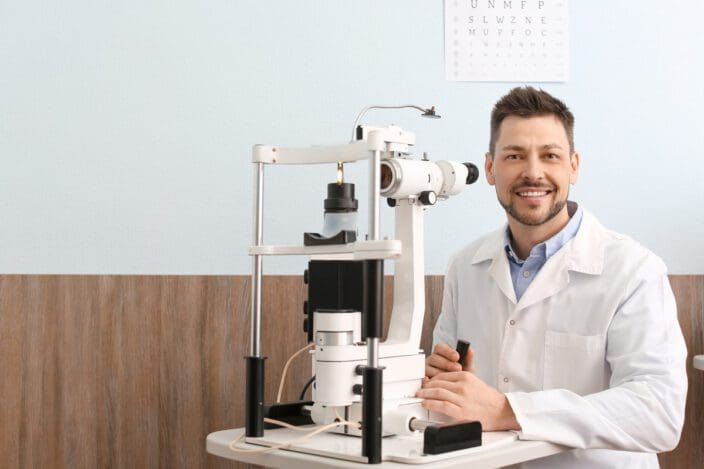A PCR (Polymerase Chain Reaction) machine, also known as a thermal cycler, is a critical instrument used in molecular biology and genetics research. It plays a pivotal role in amplifying specific DNA sequences through repeated cycles of heating and cooling. Here’s an overview of what a PCR machine is, how it works, and its significance in scientific research:
What is a PCR Machine?
A PCR machine is a laboratory instrument designed to automate and control the process of PCR. PCR is a technique used to amplify (make multiple copies of) a specific segment of DNA, allowing researchers to study and analyze DNA sequences with high precision. The PCR machine precisely controls temperature variations necessary for the three steps of PCR: denaturation, annealing, and extension.
How Does a PCR Machine Work?
The PCR process involves three main steps, each requiring precise temperature control:
Denaturation: The first step involves heating the DNA sample to around 94-98°C. This causes the double-stranded DNA to separate (denature) into single strands, providing templates for the next steps.
Annealing: The temperature is lowered to around 50-65°C, allowing short DNA primers to bind (anneal) to complementary sequences on each single-stranded DNA template. These primers mark the beginning and end of the DNA segment to be amplified.
Extension: The temperature is raised to around 72°C, optimal for the DNA polymerase enzyme to extend (synthesize) new DNA strands by adding nucleotides complementary to the DNA template strands. This step creates copies of the target DNA segment.
The PCR machine automates these temperature cycles, typically running 20-40 cycles depending on the desired amount of DNA amplification.
Significance in Scientific Research
PCR machines are indispensable tools in various fields of scientific research and diagnostics:
Genetics and Molecular Biology: PCR enables researchers to study genes, mutations, and genetic variations associated with diseases. It is used in gene cloning, sequencing, genotyping, and gene expression analysis.
Medical Diagnostics: PCR-based tests are widely used in clinical laboratories for diagnosing infectious diseases (e.g., COVID-19, HIV), genetic disorders, and identifying pathogens in biological samples.
Forensic Science: PCR is employed in forensic DNA analysis to identify suspects or victims based on DNA evidence recovered from crime scenes.
Environmental Science: PCR helps researchers study microbial communities, biodiversity, and environmental DNA (eDNA) to monitor ecosystems and detect species presence.
Types of PCR Machines
PCR machines vary in capacity, speed, and features, catering to different research needs:
Standard PCR Machines: Basic models capable of performing standard PCR protocols with a single block for sample tubes or plates.
Real-time PCR (qPCR) Machines: These machines monitor DNA amplification in real-time using fluorescent dyes or probes. They provide quantitative data on DNA or RNA levels, essential for gene expression analysis and viral load quantification.
Gradient PCR Machines: These machines have thermal blocks with temperature gradients, allowing optimization of PCR conditions across different temperature ranges in a single run.
Conclusion
PCR machines are essential instruments in molecular biology, genetics research, medical diagnostics, and other scientific disciplines. Their ability to automate and control the PCR process enables precise DNA amplification, facilitating advancements in understanding genetic diseases, developing new therapies, and improving diagnostic tools. As technology advances, PCR machines continue to evolve with enhanced features and capabilities, further expanding their applications in scientific research and healthcare.




